Apparently, our love affair with hardwood floors isn’t letting up. Nearly 90 percent of hardwood floor manufacturers reported that their sales of hardwood flooring was were up — either dramatically or somewhat in 2014, according to a recent study.
So, if you love it that much, why not take hardwood flooring into the kitchen? More and more people are actually doing that — having hardwood floors installed in their kitchens rather than the more traditional tile or linoleum. A hardwood floor can add a touch of elegance or a rustic element to the kitchen. There are definitely plenty of things to consider before doing this. Here are some things to consider:
Choose the right wood
Maple? Oak? Pine? Pine is actually a soft wood. This means it will dent more easily and not handle wear and tear as well as maple or oak. However, many people do want that rustic look. If you’re one of those people a distressed pine wood floor might be ideal for you. If it’s a hardwood you’re looking for, Oak would likely be the option you want to go with. Due to its prominent grain pattern, oak is helpful at hiding dents and other imperfections. Maple has a subtler grain pattern, so if that’s the wood you choose, expect more upkeep.

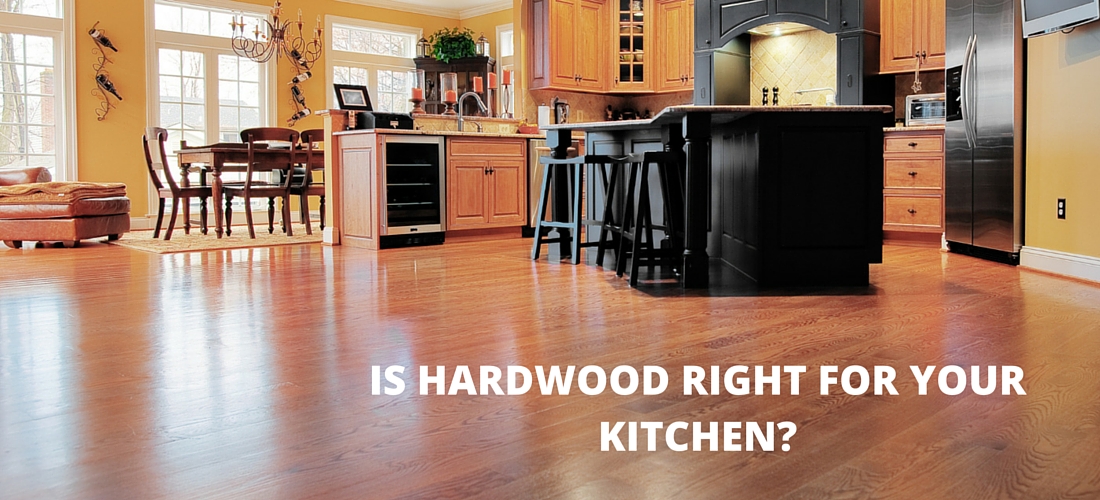

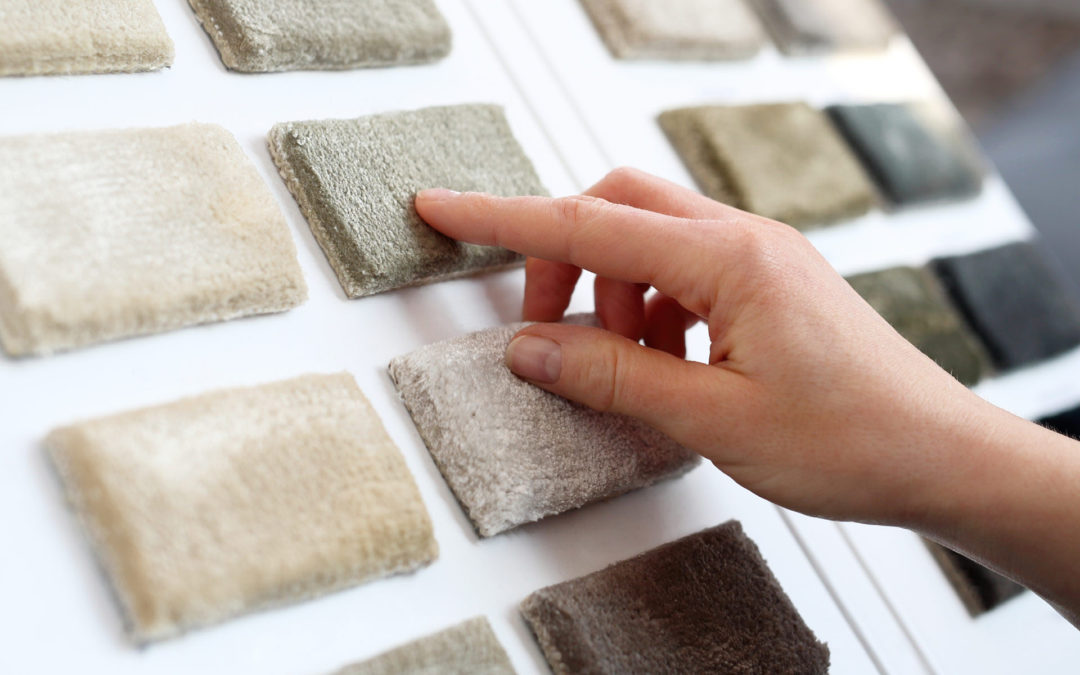


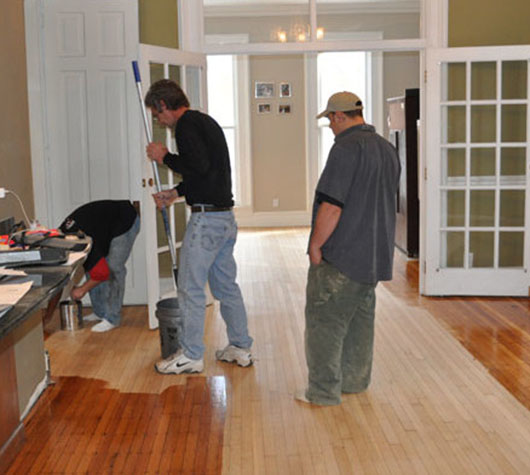 Repairing Scratched Hardwood Floors
Repairing Scratched Hardwood Floors
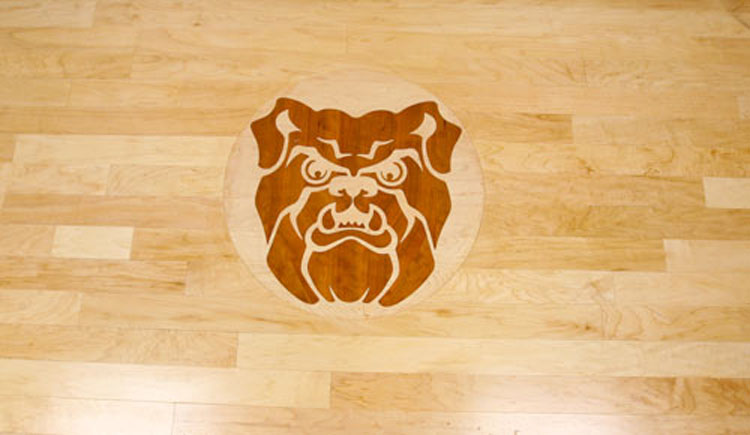 Hinkle Fieldhouse Butler Univers...
Hinkle Fieldhouse Butler Univers...
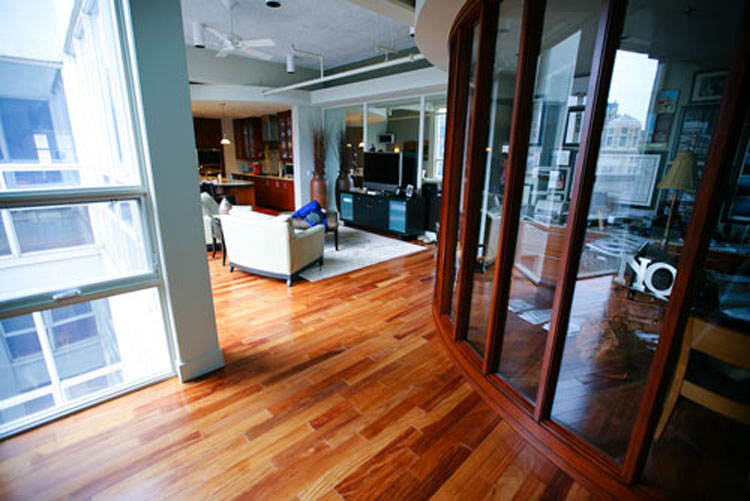 Penthouse Town Home Downtown Ind...
Penthouse Town Home Downtown Ind...
 Antique Flooring Restoration
Antique Flooring Restoration
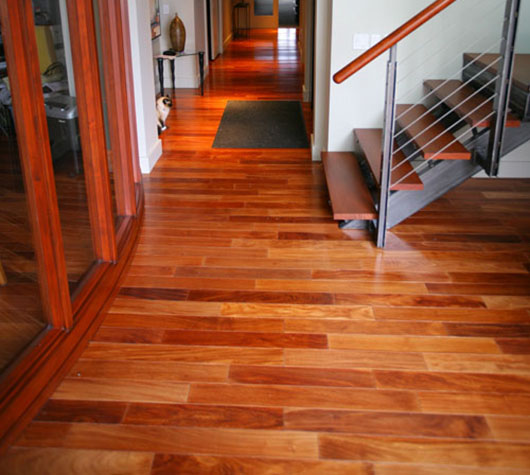 Brazilian Cherry Hardwood Floors
Brazilian Cherry Hardwood Floors







